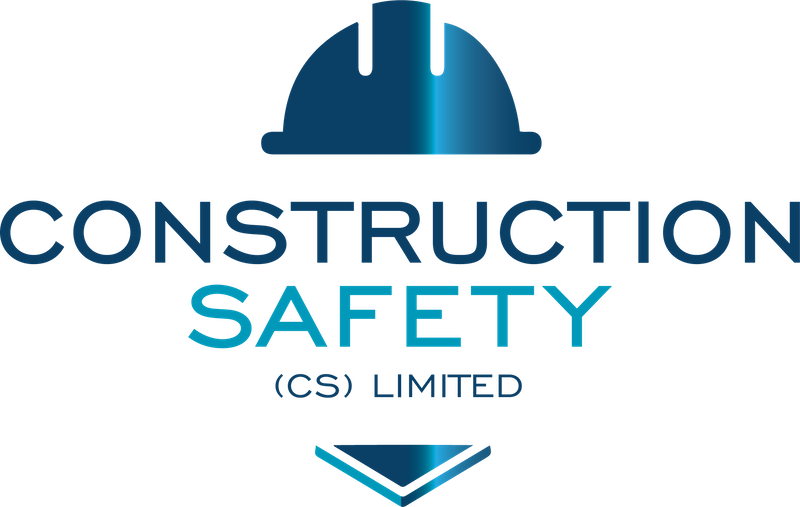HSE ebulletin – metalworking inspections: looking after your metalworking fluid
Issued: 21 November 2023
HSE will be inspecting manufacturing businesses that use metalworking fluids or ‘white water’ in their machining processes until March.
HSE is inspecting manufacturing businesses that use metalworking fluids or coolants in their machining processes.
Inspectors are focusing on how employers ensure workers are protected from exposure to fluid or mist generated by computer numerical control (CNC) machines and that regular health checks are in place.
There are three areas where manufacturing companies, particularly smaller companies, commonly fall down on compliance:
- Not having local exhaust ventilation
- Not completing regular fluid quality checks
- Failing to provide regular health checks for lung and skin conditions.
Exposure to metalworking fluids
Exposure to metalworking fluids can cause harm to lungs and skin through inhalation or direct contact with unprotected skin; particularly hands, forearms and face. Breathing in the mist generated by machining can lead to lung diseases such as occupational asthma and occupational hypersensitivity pneumonitis.
To reduce exposure, you need control measures in place. Not completing regular fluid quality checks is one of the common reasons that manufacturing companies, particularly smaller businesses, fail compliance
Maintenance of fluid quality is key to controlling risk
Water-mix metalworking fluid deteriorates over time and can become contaminated with harmful bacteria and other contaminants.
Fluid quality checks are simple to carry out with some basic equipment – visual and odour checks should be done daily and concentration, pH and dipslides should be weekly. If results are outside of recommended levels, you should take corrective action.
Basic equipment needed
Dipslides (bacteria)
Incubator
pH test strips (or electronic pH meter)
Refractometer (concentration)
Who should do the fluid quality checks?
Whilst the requirement to have appropriate fluid quality checks in place is with the user of the metalworking fluids, the checks themselves can be carried out by users, the supplier, another third party, or a combination.
The important thing is that the checks are carried out at the recommended frequencies and corrective action taken if the results are outside recommended levels. If the checks are being carried out by a combination of parties, it needs to be clear who is undertaking which checks to ensure none get missed.
Guidance and downloads
For explanations of the checks required and frequency, and technical advice on the methods and information on actions to take based on the results:
visit HSE website to download HSE COSHH MW5: Managing fluid quality
view the Good Practice Guide for Safe Handling and Disposal of Metalworking Fluids (.pdf)
record results download the printout checklist (.pdf)
print and display the poster (.pdf) as a reminder of what’s needed and when
watch the practical series of UKLA videos with easy-to-follow demonstrations
Local exhaust ventilation (LEV)
LEV should be fitted to Computer Numerical Control (CNC) machines where operators are exposed to metalworking fluid mist. It is the key control measure to reduce inhalation exposure.
For more details, visit our website to download HSE COSHH MW1: CNC machining.
Health surveillance
Where there is exposure to fluid or mist, it is a legal requirement to carry out health surveillance even when preventative controls are in place.
Find out more about occupational health and health surveillance schemes.
REGULAR FLUID QUALITY CHECKS
Water-mix metalworking fluid, or white water, stays in the machine and deteriorates over time. It becomes contaminated and bacteria may start to grow. Poor fluid quality also affects the performance of the machine and the quality of the parts.
To maintain safe and effective fluids, you need to regularly check and correct concentration, pH and bacteria levels.
A visual and odour check should be done daily
Concentration, pH and dipslides should be done weekly.
The checks are simple to carry out, though you will need some basic equipment: dipslides (bacteria); incubator; refractometer (concentration); and pH paper test strips or electronic pH meter (acidity / alkalinity).
For details, see HSE COSHH MW5: Managing fluid quality
The UKLA has created the following which provide helpful advice Good Practice Guide for Safe Handling and Disposal of Metalworking Fluids and a practical series of videos with easy to follow demonstrations of the quick and simple tests that should be carried out.
